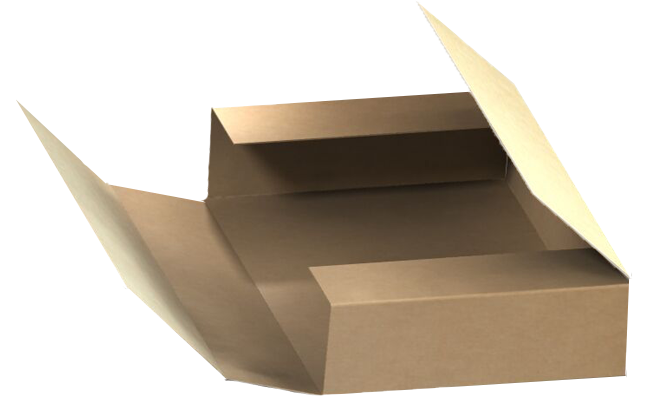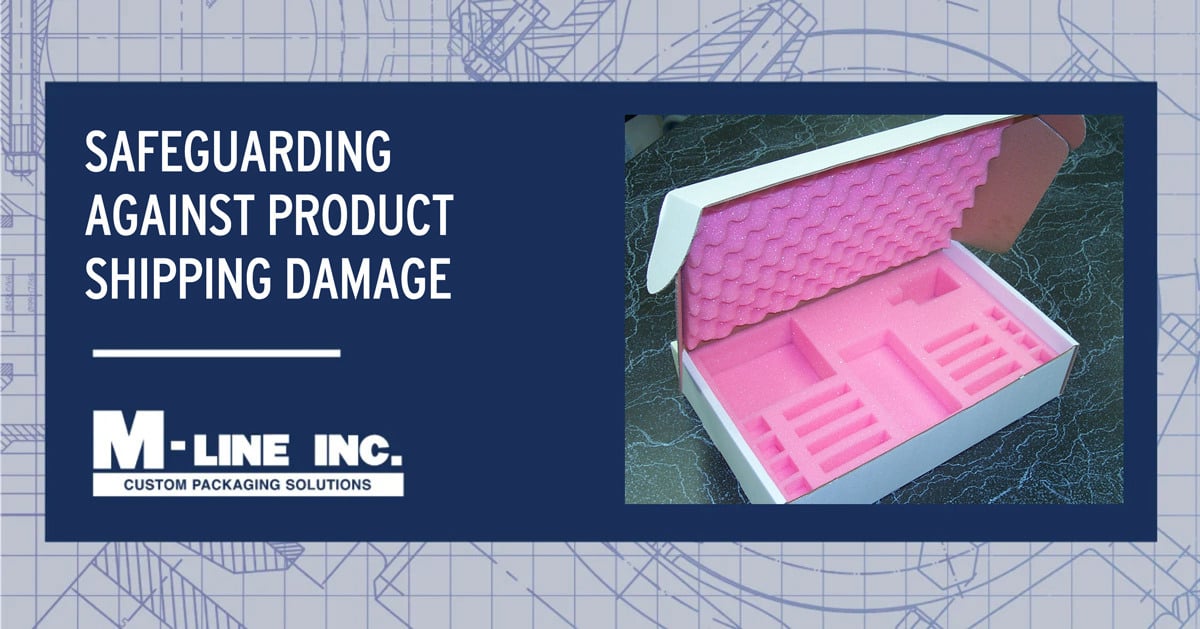M-Line Blog

Safeguarding Against Product Shipping Damage

U.S. companies lose approximately $1 billion annually due to shipping damage. While many businesses are aware of the direct financial costs, they often underestimate the broader consequences. Damaged shipments require product replacements, reshipping, and disposal of compromised packaging materials. Beyond these logistical burdens, there are intangible costs: dissatisfied customers, negative reviews, and a potential erosion of trust. If the problem continues for any length of time, it can harm a company’s brand equity and reputation. Additionally, expedited replacements strain shipping departments, while implementing corrective measures adds even more complications.
Tackling Problem Areas
When analyzing damaged shipments, we frequently find that inadequate space between the product and the box’s sidewalls is a primary culprit. Insufficient packaging materials are another common issue—for instance, using foam that isn’t dense enough or opting for single-wall boxes when double-wall boxes are necessary.
For more technical evaluations, we analyze the foam’s cushioning properties to ensure the proper formulation is used based on the product’s fragility. Our packaging analysis begins with key considerations: the product’s weight, fragility, and the load-bearing capacity of the packaging materials.
Addressing Fragility and Environmental Factors
When a customer brings us a product to package, we start by asking critical questions: Are there fragile points or protruding components that could break easily? How much does the product weigh? What is its level of fragility? We also consider how the product will be shipped—on a pallet, via truck, or internationally. Longer shipping cycles increase the likelihood of damage due to repeated handling and potential drops.
The mode of transportation is another important factor. For example, shipping via ocean freight introduces risks like humidity in containers, which can cause metal parts to rust if not properly accounted for. Many customers don’t realize how closely packaging design is tied to protecting their products from such environmental challenges.
Leveraging Prototypes and STEP Files
To design effective packaging solutions, we often work with physical prototypes or 3D STEP (STP) engineering files. While STEP files allow us to create virtual designs using 3D engineering software, physical prototypes provide additional insights. For instance, STEP files show structural details but may not reveal fragile elements or moving parts like cords or hinges that require special attention during packaging design.
Partner with M-Line for Secure Packaging Solutions
At M-Line, we specialize in creating tailored packaging solutions (including custom foam inserts) to ensure your products arrive safely and intact. Contact us to learn more.
